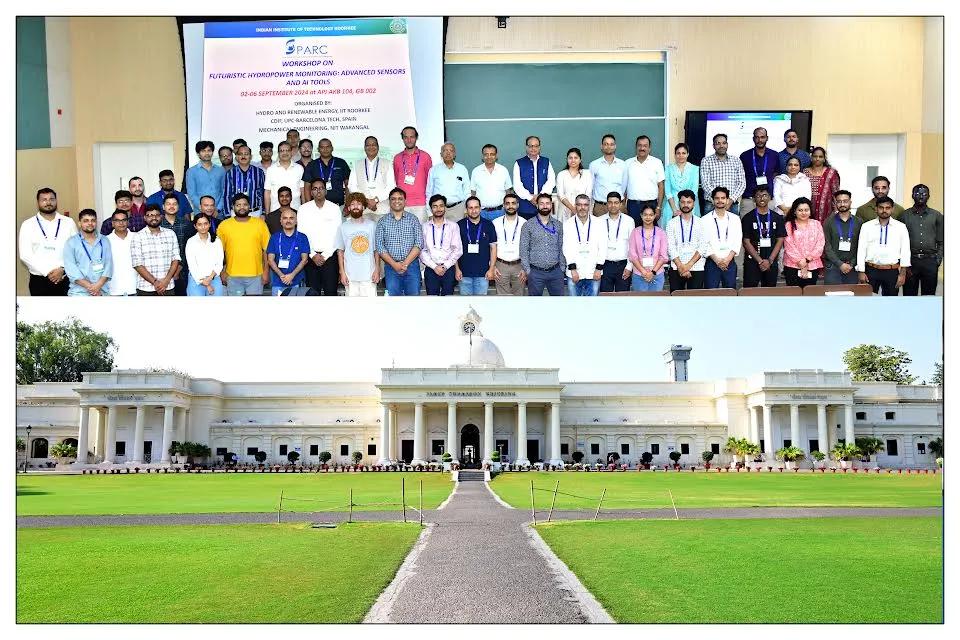Washington: While getting outside is a typical prescription for decreasing screen time, a new study indicates that being outside doesn't always lower smartphone screen time.
The new research, which tracked smartphone activity of 700 study participants for two years, reveals that participants' smartphone activity actually increased during visits to city parks and other urban green spaces.
With smartphone use rising worldwide, the study clearly identifies a powerful way to reduce screen time: participants who visited nature reserves or forests saw significant declines in screentime over the first three hours, compared to visiting urban locations for the same amount of time.
The study, published in the journal Environment and Behavior, is the first to show that young adults now spend far more time on their smartphone screens than in nature, the researchers say. Given unparalleled access to participants' devices, the team found that young adults in the study spent over twice as much time on their smartphones as they spent outdoors.
"Greentime, or time outdoors, has long been recommended as a way to restore our attention from the demands of daily life, yet before our study, little was known about whether nature provides a way for people to disconnect from the mobile devices that now follow us into the great outdoors," said lead author Kelton Minor, a Postdoctoral Research Scientist at Columbia University's Data Science Institute. "While past research suggested that short trips to city parks might provide a digital detox, we saw texting and phone calls actually go up. It was really the longer visits to wilder areas, like forests or nature preserves, that helped people get off their screens and wrest back their attention from their smartphones."
A key advance of the study is the novelty of data' richness compared to other smartphone studies, where participants typically self-report their smartphone use or environmental behaviors. In this study, participants consented to share their smartphone data--over 2.5 million privacy-preserving logs of activity from texts, calls and screen time--for science.
"Smartphones have an incredibly powerful pull on our attention, which will undoubtedly increase in the future--that's what many technology companies are working on," says University of Vermont (UVM) co-author Chris Danforth, a Gund Fellow who will co-lead a new $20M big data project on the science of storytelling. "Given the reported connections between mental health and our digital life, we need more studies like this to help establish ways to encourage a healthier relationship with technology."
Discussing their findings, the researchers theorize that urban greenspace may instead be useful in enhancing remote social ties--hence the increase in texts and phone calls in urban parks--but may interrupt the individual's opportunity to utilize the attention-restoring properties of nature.
Increased smartphone use has been linked to rising cases in anxiety, depression, and sleep problems, especially in younger generations. At the same time, research from UVM and others has shown that nature has restorative benefits for our minds and bodies that deliver a sense of joy comparable to a holiday like Thanksgiving or New Year's. Researchers theorize that the visual and sensory experiences of nature help strengthen individuals' ability to better focus on life beyond their smartphones.
The study is the first to compare time spent on smartphone screens to time spent in outdoor green spaces, according to the researchers. They found that even the young adults who typically used their smartphones the most reduced their usage in nature areas, providing evidence that more wild greentime may provide a digital break for even the most connected. —ANI

